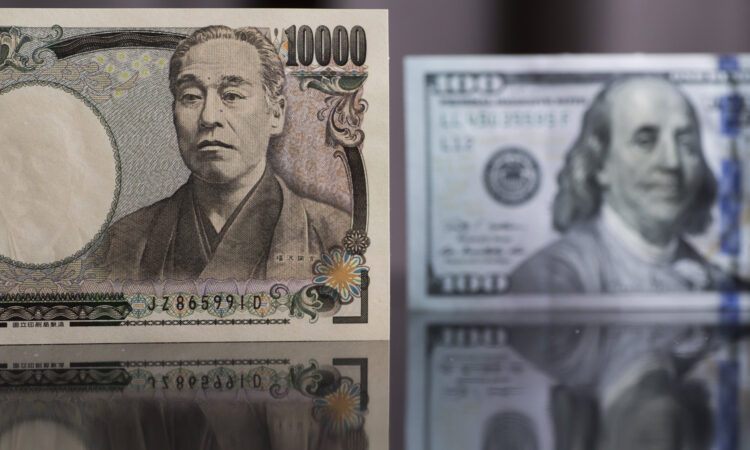
Traders are pricing in the prospect of an interest rate cut as soon as May, which was pushed back from March after stronger than expected jobs gains on Friday. But some analysts see that as still likely too optimistic.
Data on Tuesday showed that U.S. consumer prices unexpectedly rose in November as a decline in the cost of gasoline was more than offset by increases in rents. So-called supercore inflation, which tracks the cost of services minus energy and housing, was also elevated.
“Once we dig into the data we can see that some of the underlying numbers are perhaps a little sticky, particularly the supercore numbers,” said Shaun Osborne, chief foreign exchange strategist at Scotiabank in Toronto.
“Generally we’ve seen sufficient progress on inflation to keep a rate cut as the next move, but it’s really about the timing at this point and these numbers suggest that we still need to see some further progress on some of these underlying measures before the Fed will be comfortable cutting interest rates,” Osborne added.
Investors will focus on how Fed officials see the economy holding up and where they see interest rates over the coming quarters when the U.S. central bank concludes its two-day meeting on Wednesday.
“The changes in the Fed’s forecasts should be significant, reflecting the more resilient economy than expected, the still tight labor market, the cooling in inflation, and that last 25 bp hike to 5.625% that had been plugged into the dots,” analysts at Action Economics said in a note on Tuesday.
Traders will also be watching to see if Fed Chairman Jerome Powell pushes back against the prospect of interest rate cuts in the first half of 2024.
The dollar was last down 0.2% on the day against a basket of currencies at 103.85. It got as low as 103.48 immediately after the data, before bouncing.
The greenback had dropped before the inflation data as traders positioned for a dovish number.
The euro was last up 0.2% at $1.0790. It was around $1.0809 before the data. The greenback fell 0.4% to 145.60 Japanese yen, after earlier getting as low as 144.75.
The yen has been volatile on speculation that the Bank of Japan may be closer to ending its negative rate policy. Hopes that this may occur as soon as next week were dashed after Bloomberg reported on Monday that BOJ officials see little need to rush as they have not seen enough evidence of wage growth to justify sustainable inflation.
Later this week the European Central Bank, Bank of England, Norges Bank and the Swiss National Bank all meet, with Norway considered the only which could potentially raise rates. There is also a risk the SNB could dial back its support for the franc in FX markets.
